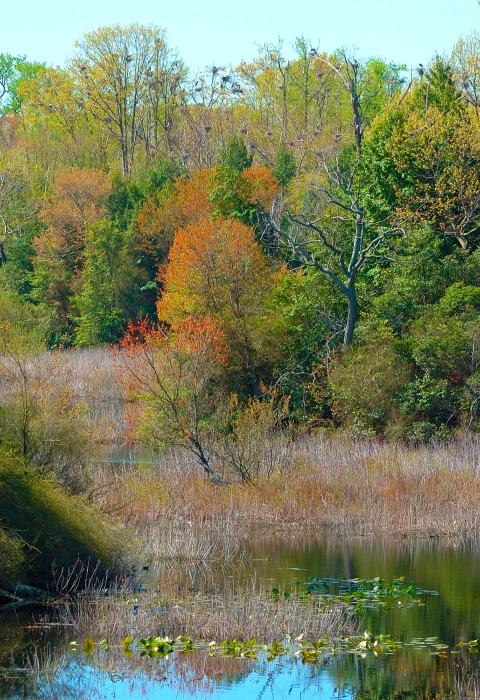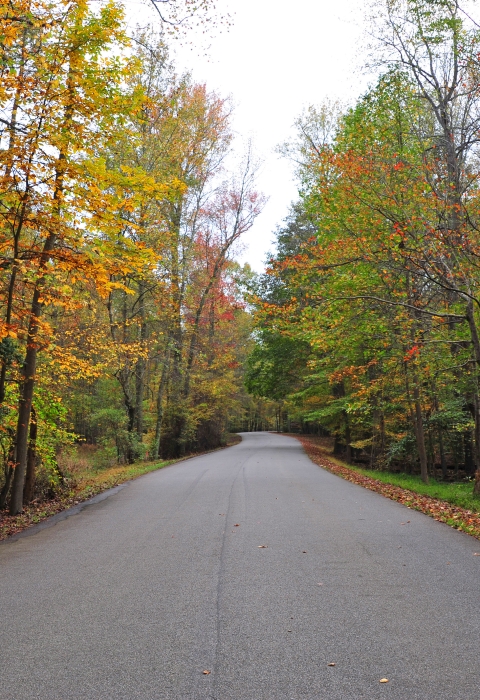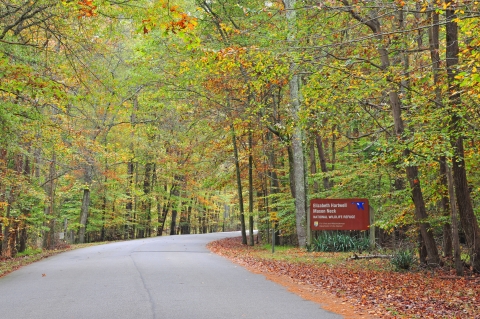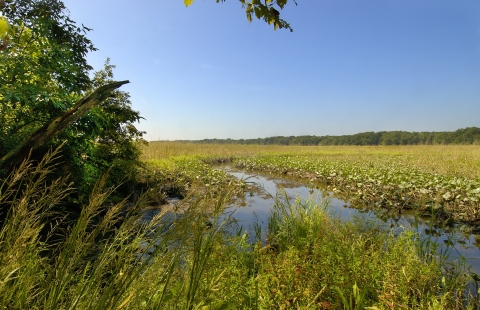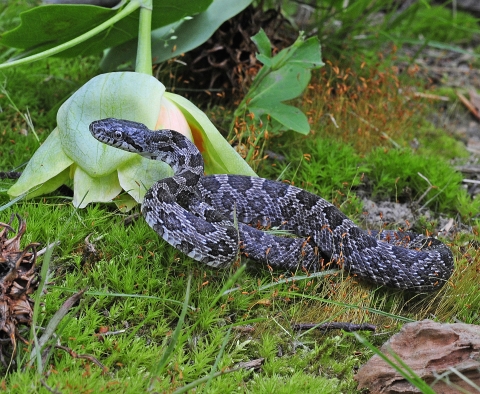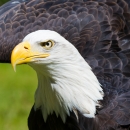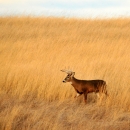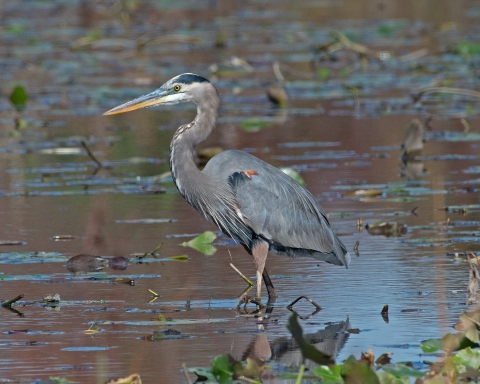Visit Us
There are activities year round at Elizabeth Hartwell Mason Neck National Wildlife Refuge, including wildlife viewing, photography and hunting. Learn more on our Visit Us page.
Location and Contact Information
What We Do
Learn about our management practices, comprehensive conservation planning, research projects, and more on the What We Do page.
Our Species
The diverse habitats of Elizabeth Hartwell Mason Neck National Wildlife Refuge host over 211 bird species, more than 200 plant species, 31 mammal species, and 40 species of reptiles and amphibians. Visit our Species page to learn more about the inhabitants of Mason Neck!
Get Involved
Interested in getting involved with what we do at Elizabeth Hartwell Mason Neck National Wildlife Refuge? Visit the link below to learn more.
Projects and Research
Elizabeth Hartwell Mason Neck National Wildlife Refuge focuses management efforts on the protection of habitat and nesting sites for bald eagles, herons, and other avian species. Current practices are mostly passive, utilizing the natural processes within the hardwood forest to maintain desired habitat.
